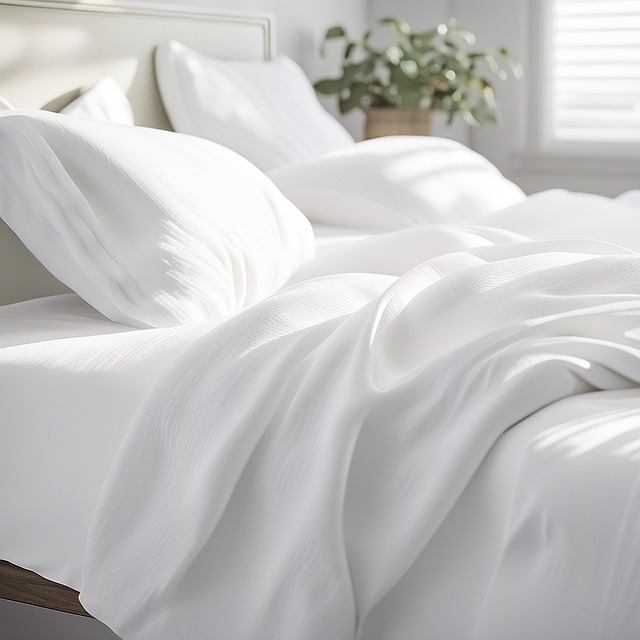Dust mites are among the most persistent and invisible occupants of indoor spaces. These microscopic arachnids thrive on the flakes of human and animal skin that accumulate in soft furnishings, bedding, and carpet fibers. Although they do not bite or burrow into our skin, their waste particles and shed exoskeletons can aggravate allergies and trigger respiratory discomfort. Understanding where they flourish and how to curb their populations is essential for maintaining a healthier indoor environment.
Where Dust Mites Thrive

Dust mites prefer stable temperatures and higher humidity, conditions that are common inside many homes. Upholstered furniture, thick curtains, and plush carpets provide the ideal mix of warmth, moisture, and food particles. Bedrooms, especially mattresses and pillows, typically host the largest populations because they collect both warmth and human skin cells over time.
Strategies to Reduce Dust Mites
Addressing dust mites effectively requires a systematic approach rather than occasional cleaning. Start by targeting areas where mites concentrate most:
- Bedding Maintenance: Wash sheets, pillowcases, and blankets weekly in hot water (at least 130°F/54°C) to kill mites and remove allergenic debris. If hot water washing isn’t feasible, using a dryer on high heat can help.
- Mattress and Pillow Encasements: High-quality allergen-proof covers prevent mites from colonizing your bedding. Select tightly woven, breathable fabrics that create a barrier without trapping moisture.
- Control Indoor Humidity: A relative humidity below 50% significantly limits mite survival. Use a dehumidifier or improve ventilation in damp rooms to reduce moisture levels, especially in basements and bathrooms.
- Vacuuming with HEPA Filtration: Standard vacuum bags often allow fine allergen particles to escape. A vacuum equipped with a HEPA filter captures microscopic debris and prevents redistribution into the air.
- Soft Furnishings and Carpets: If feasible, replace wall-to-wall carpeting with hard-surface flooring, especially in bedrooms. Washable rugs and blinds are easier to keep dust-free than heavy drapes and thick carpets.
- Routine Cleaning of Hidden Areas: Mites accumulate in places that rarely see a cleaning cloth, such as behind furniture, under beds, and inside heating vents. Regular attention to these spots helps prevent their populations from rebounding.
The Payoff of Consistency
Reducing dust mites is not a one-time event but an ongoing practice. Small, consistent efforts—such as lowering humidity, using protective covers, and maintaining a predictable cleaning schedule—create an indoor environment less hospitable to mites and their allergens. Over time, these measures improve air quality, reduce allergy symptoms, and contribute to a cleaner, more comfortable home.

Recent Comments